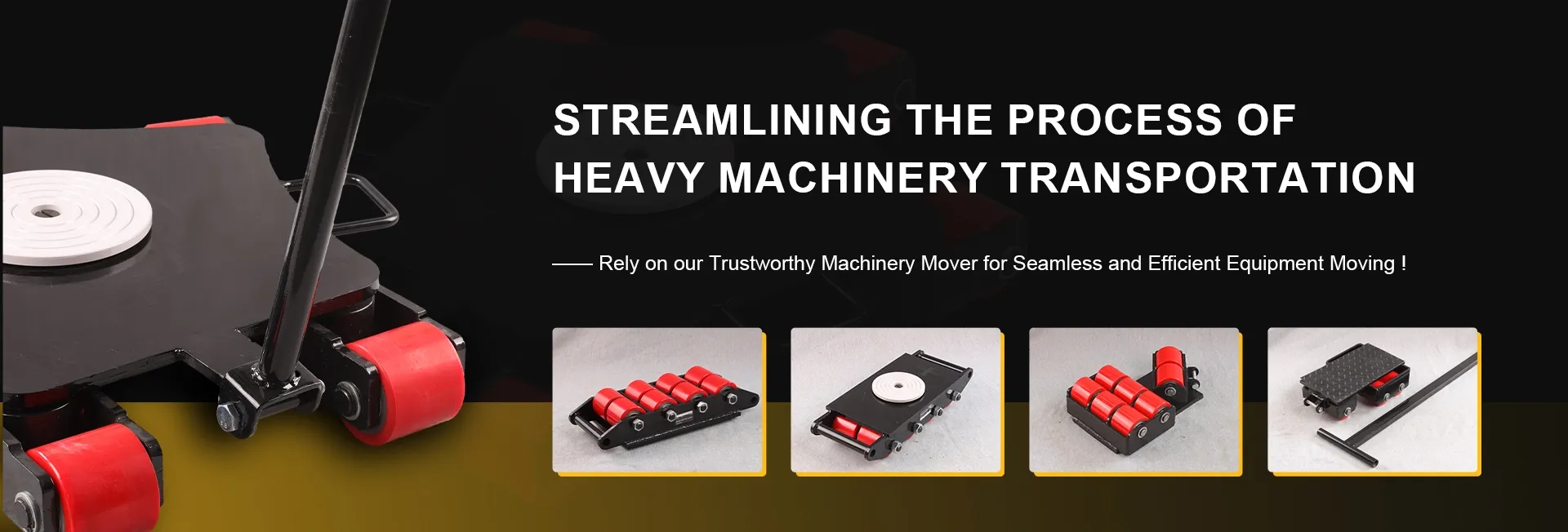Design and Implementation of an Efficient Overhead Gantry System for Industrial Applications
Understanding Overhead Gantry Systems A Comprehensive Overview
Overhead gantry systems are essential components in various industries, providing efficient and effective solutions for the movement of materials and products. These systems are widely used in manufacturing, warehousing, shipbuilding, and construction, among others. In this article, we will explore the design, functionality, advantages, and applications of overhead gantry systems, shedding light on why they are crucial in modern industrial settings.
What is an Overhead Gantry System?
An overhead gantry system consists of a bridge-like structure that spans an area to support lifting and transportation devices. Typically, it features two or more legs that are elevated above the work area, allowing for maximum utilization of floor space. The main components of an overhead gantry system include the bridge, hoist, and trolley, which work together to lift and move loads effortlessly. Depending on the specific needs of a facility, these systems can be fixed or movable, with variations in design, span, and lifting capacity.
Design and Construction
Overhead gantry systems are designed to meet the specific requirements of the environment in which they are used. They can be constructed from various materials, including steel, aluminum, and other composites, depending on factors such as load capacity, corrosion resistance, and weight. The design must also consider load characteristics, clearance requirements, and operational frequency.
One of the distinguishing features of these systems is their ability to support heavy loads while requiring minimal floor space. The use of advanced engineering techniques ensures that the systems can withstand the mechanical stresses associated with lifting and moving materials. Additionally, overhead gantry systems can be custom-designed to accommodate unique applications, ensuring that businesses can optimize their operations.
Functionality and Operation
The operation of an overhead gantry system is straightforward, making it user-friendly for operators. The hoist mechanism, often electrically powered, is designed to lift and lower loads efficiently. The trolley moves along the bridge, allowing for lateral movement of materials across the work area. Operators can control the system using remote controls, pendant controls, or automated systems, depending on the sophistication of the gantry design.
overhead gantry system

Safety is a paramount consideration in the operation of overhead gantry systems. Features such as limit switches, emergency stop buttons, and overload protection mechanisms ensure that the system operates safely within its prescribed limits. Regular maintenance and inspections are crucial to ensure the longevity and safety of the equipment.
Advantages of Overhead Gantry Systems
The advantages of implementing overhead gantry systems in industrial settings are numerous
1. Space Optimization By utilizing the overhead space, these systems free up valuable floor space, improving workflow and efficiency in the facility. 2. Increased Productivity The fast and efficient movement of materials reduces downtime, allowing businesses to enhance productivity levels. 3. Versatility Overhead gantry systems can be adapted for various applications, from lifting heavy machinery to transporting goods in warehouses. 4. Improved Safety With proper design and safety features, the risk of workplace accidents is significantly reduced, protecting both workers and materials.
5. Cost-Effective The durability and low maintenance requirements of overhead gantry systems make them a cost-effective solution for handling loads.
Applications in Various Industries
Overhead gantry systems find applications across diverse industries. In manufacturing, they facilitate the assembly and movement of large components. In warehouses, they streamline the storage and retrieval of goods, enhancing operational efficiency. Shipyards utilize these systems for lifting and positioning large vessels, while in construction, they aid in moving heavy building materials.
Conclusion
In conclusion, overhead gantry systems are indispensable tools in today’s industrial landscape. Their ability to optimize space, increase productivity, and enhance safety makes them a preferred choice for various applications. As industries continue to evolve, the design and technology behind overhead gantry systems will likely advance, ensuring that they remain relevant and effective in meeting the demands of modern operations. Whether in manufacturing, construction, or warehousing, the significance of overhead gantry systems cannot be overstated, marking them as critical components for success in a rapidly changing industrial world.
-
Permanent Magnetic LiftersNewsNov.01,2024
-
Operations with an Adjustable CraneNewsNov.01,2024
-
Machine Moving SkatesNewsNov.01,2024
-
Industrial Lifting MagnetsNewsNov.01,2024
-
Effective Machinery MovingNewsNov.01,2024
-
Adjustable Gantry CraneNewsNov.01,2024
-
Unlock the Power of Lifting with Permanent Magnetic LiftersNewsOct.11,2024
